EcuadorMap
January Prostitution is legal in Ecuador. 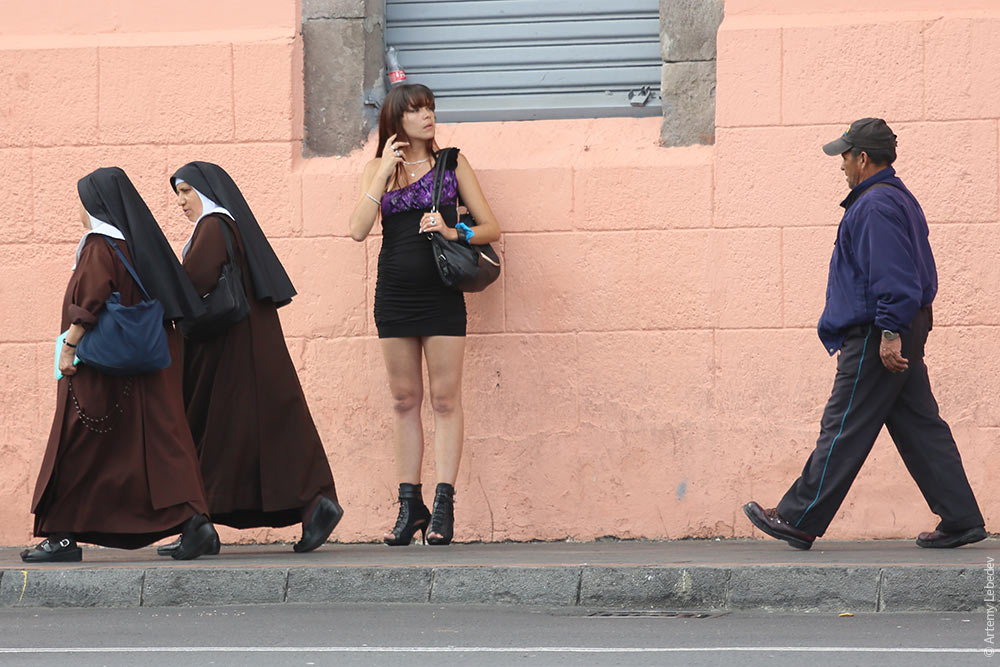 Pedestrian crossing signs simply depict a pair of legs (like in Australia). 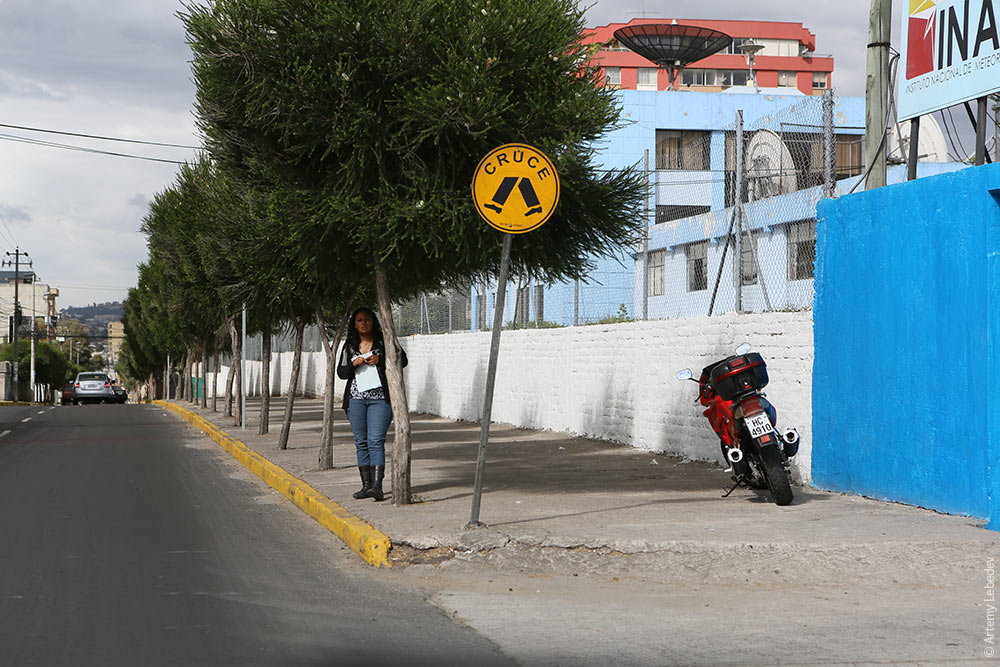 The “Children” sign features an older girl leading a younger boy by the hand. 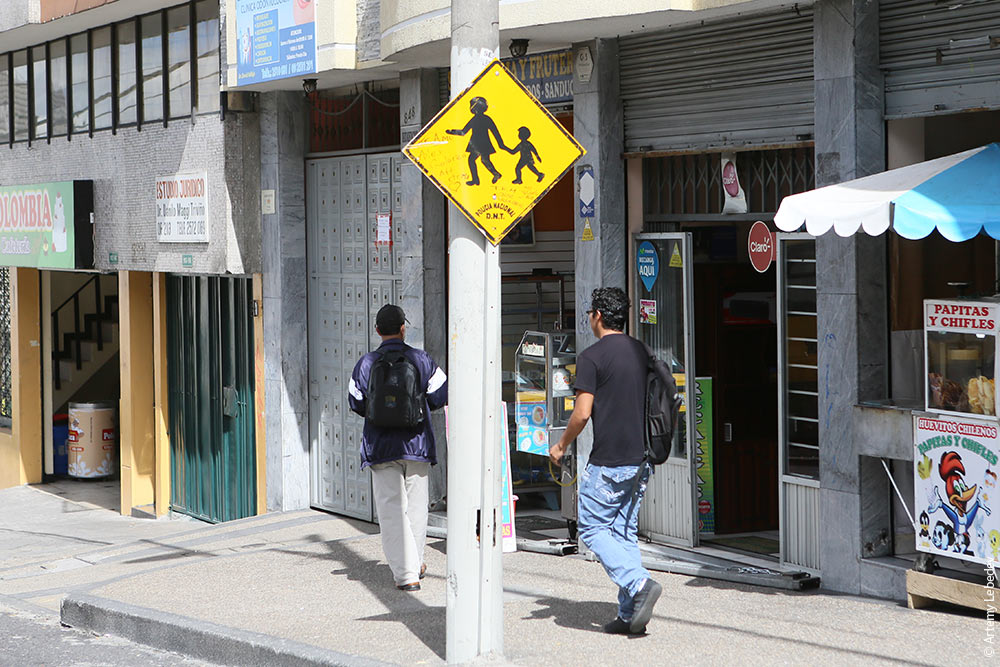 The country has two kinds of payphones: red Claro ones and blue Telefonica ones (the latter are usually shaped like a handset). 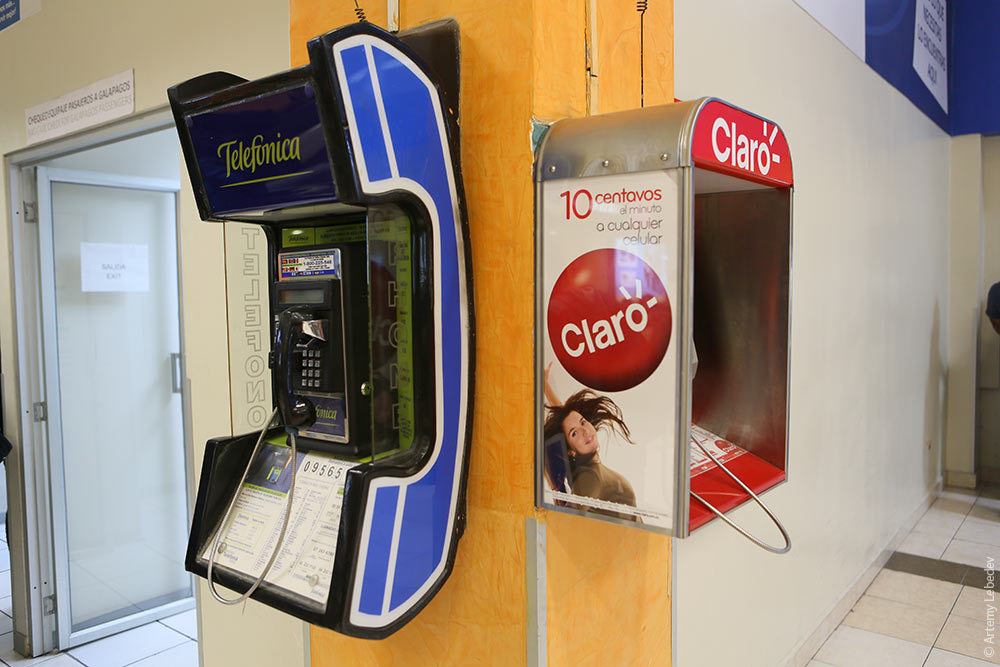 There are very few mailboxes; they exist only in places heavily frequented by tourists. Ecuadorians don’t use snail mail much. 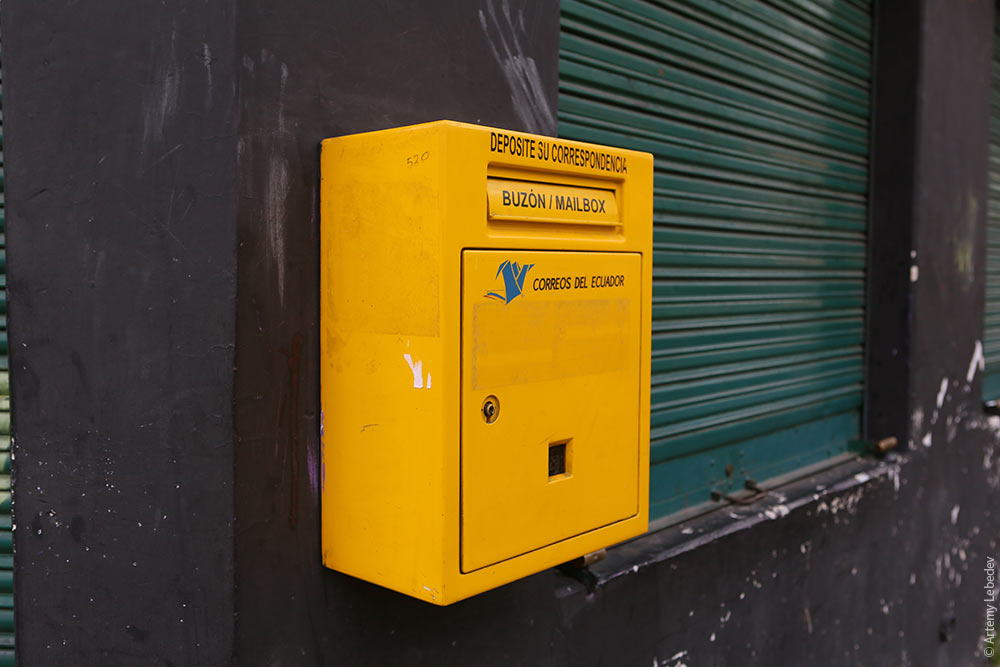 A license plate. 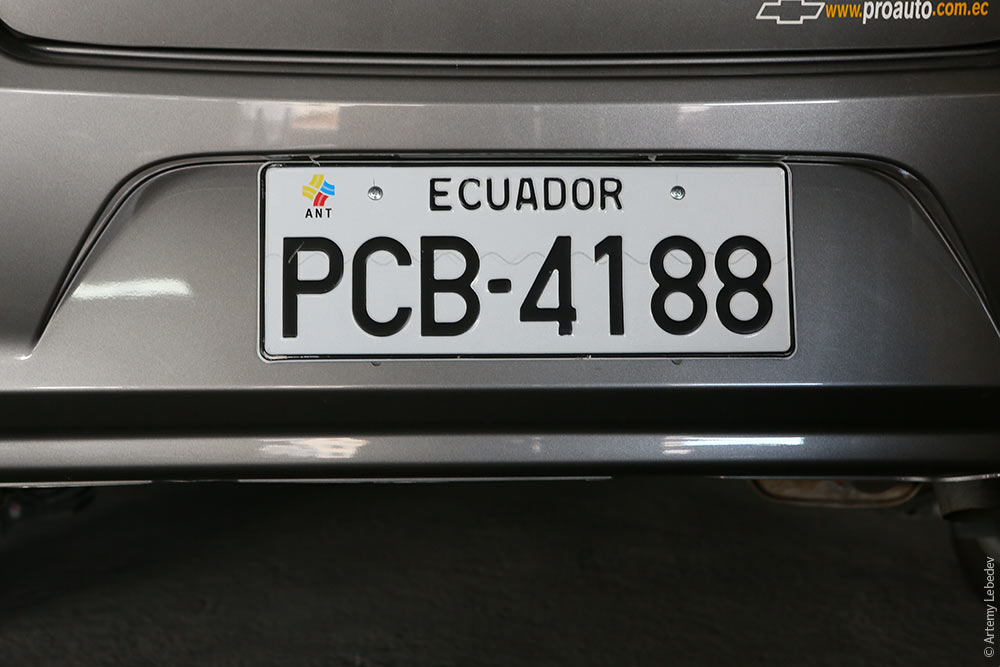 Hearts with doves are painted on the road to mark sites where fatal accidents occurred (we’ve seen something similar in Costa Rica and Panama). 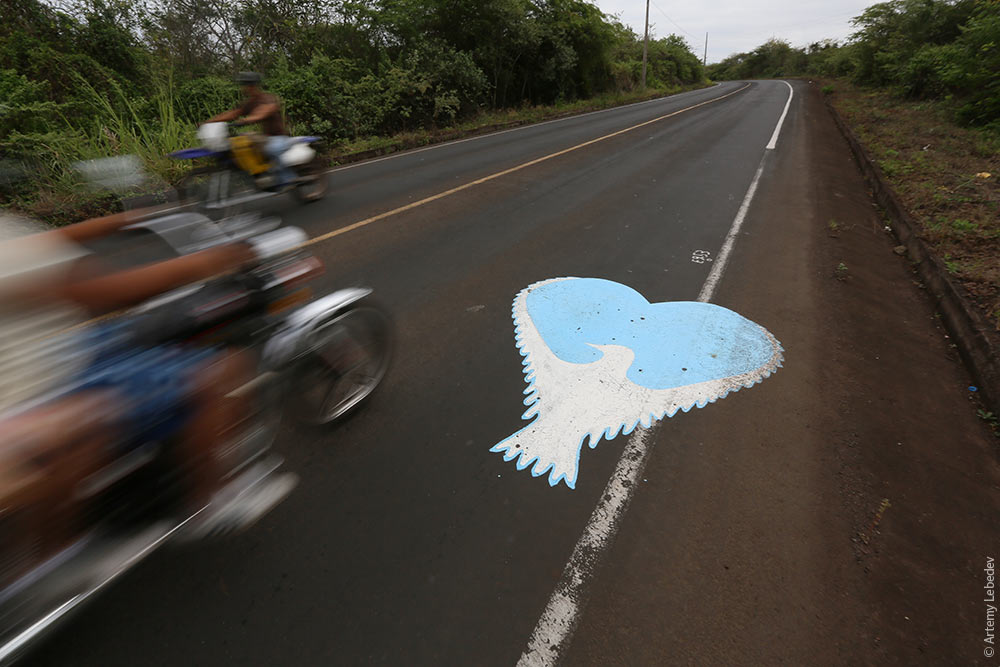 Curiously, half the tombstones here omit the date of birth, stating only the date of death. 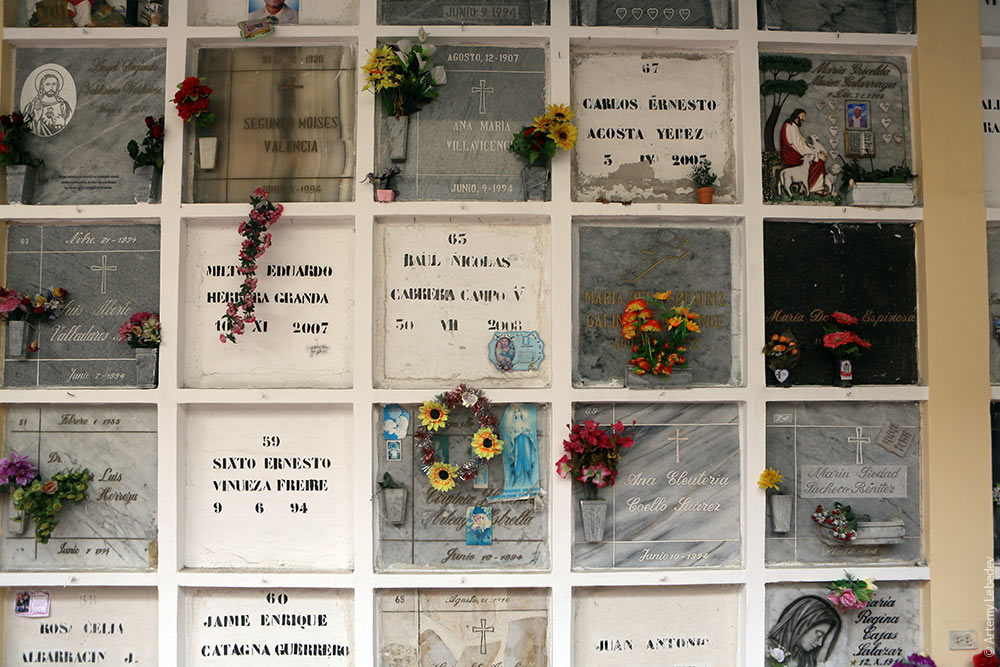 QuitoMapOne of the few cities in the world which has an enthusiastically and widely used visual identity and omnipresent logo in the shape of a Q.  There it is on manhole covers. 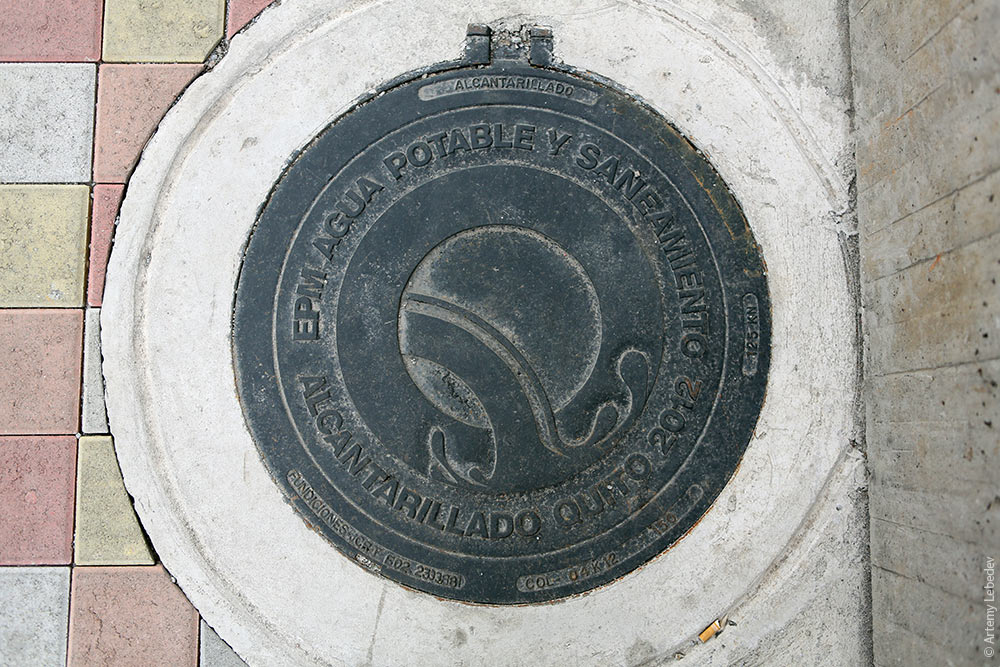 And there it is again on bicycle parking signs. 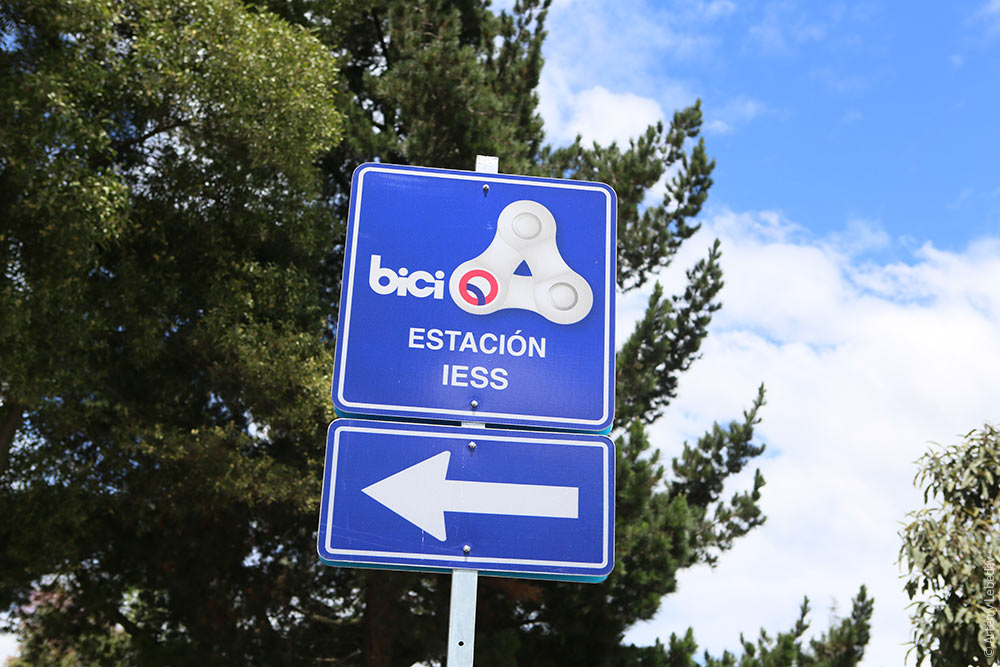 But they didn’t just design a logo and stop at that, of course. Quito has also put a lot of thought and effort into its public transportation and urban amenities. Next to the trolleybus rapid transit stop is a municipal bike-sharing station. An annual subscription to use the branded city bikes costs $24. You can grab a bike from any one of such stations and drop it off at any other. 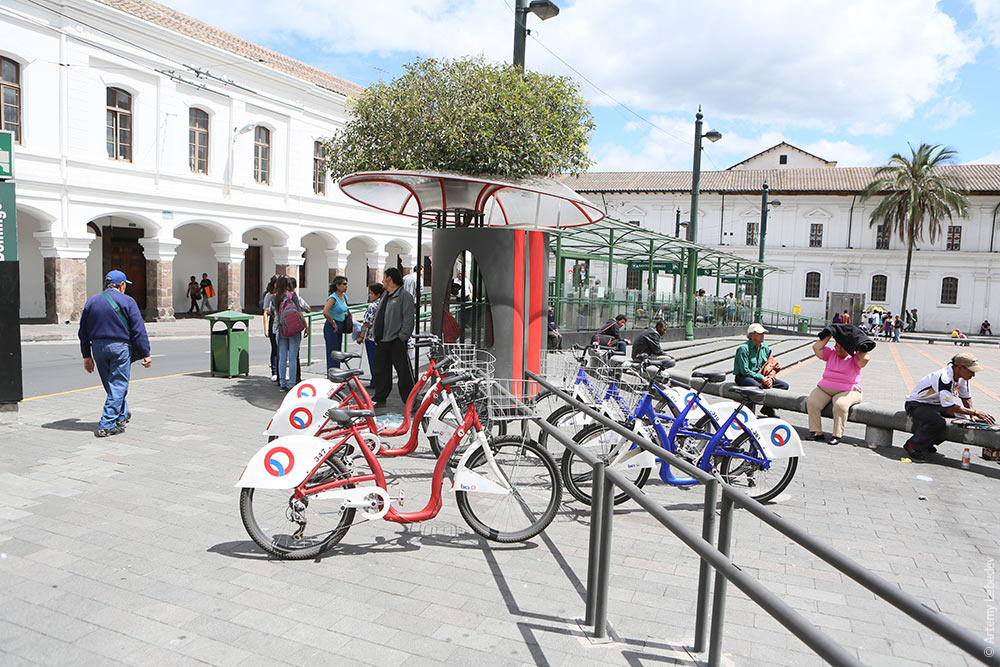 The trolleybus rapid transit system is organized in much the same way as the bus rapid transit systems in Curitiba, Guatemala City, Lima, or Bogota. Fares are collected at the stop to make boarding quicker. The trolley’s doors are situated high above the ground, curbing attempts to board or disembark anywhere other than the stops, which have elevated platforms. 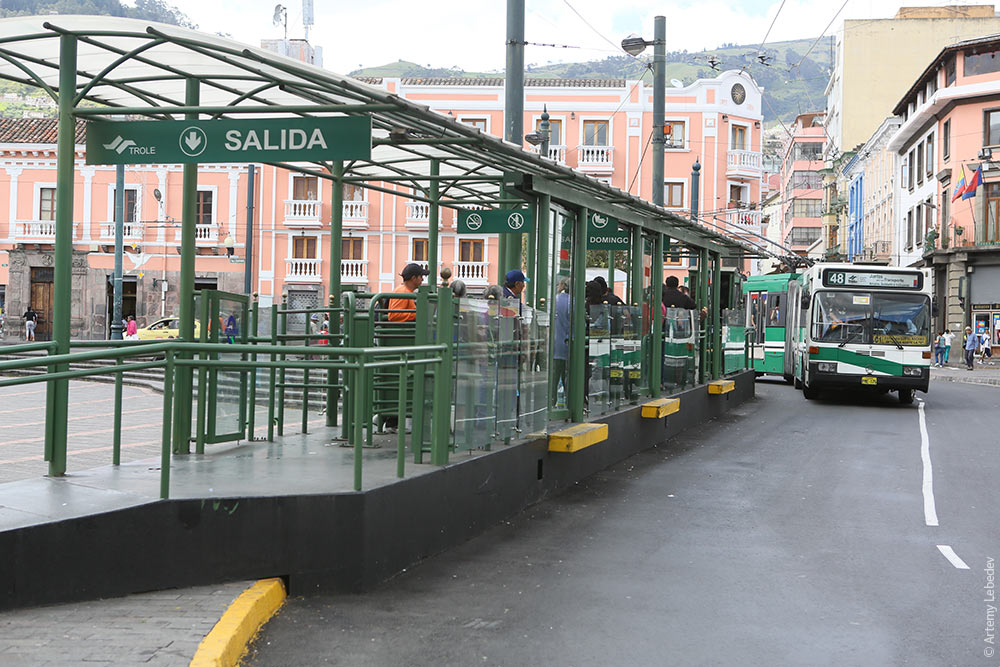 There are rapid transit buses as well. 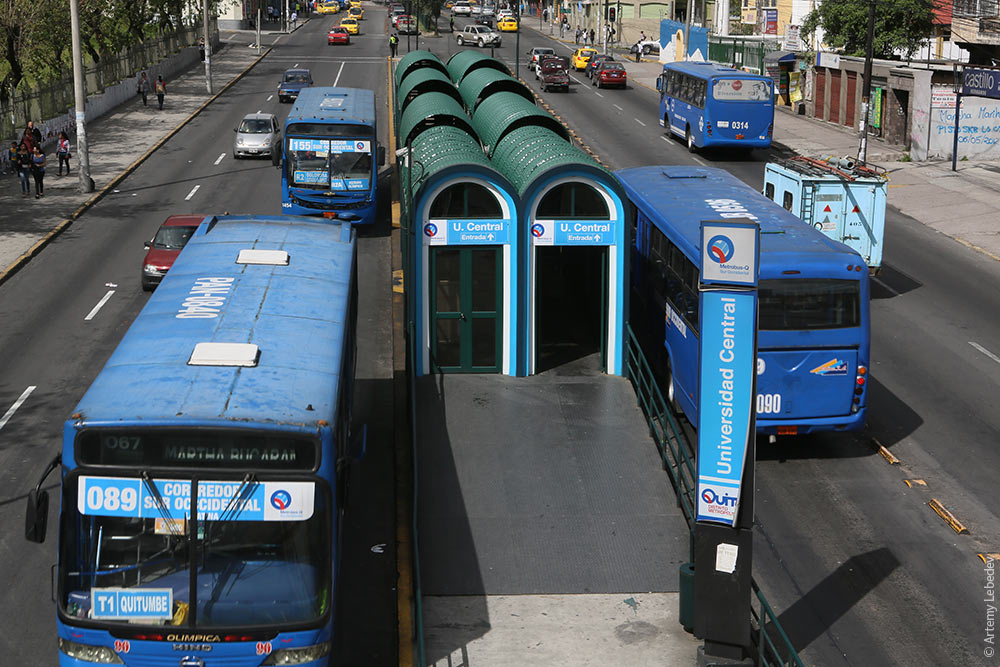 Earthquakes never happen here, but signs directing people to safe spots exist just in case. 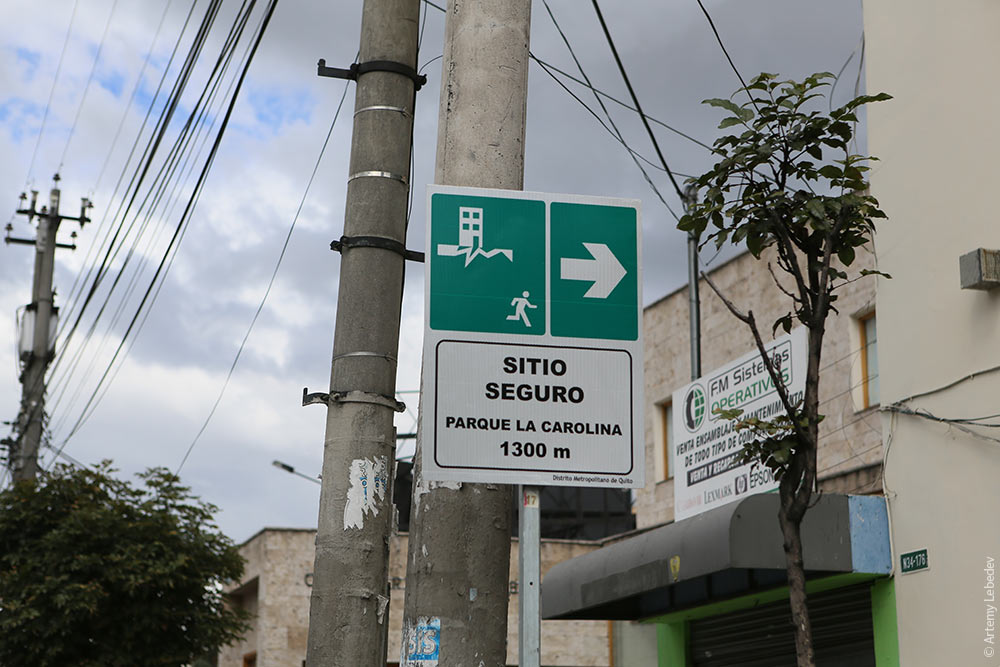 An interesting gothic cathedral with turtles and iguanas in place of gargoyles. 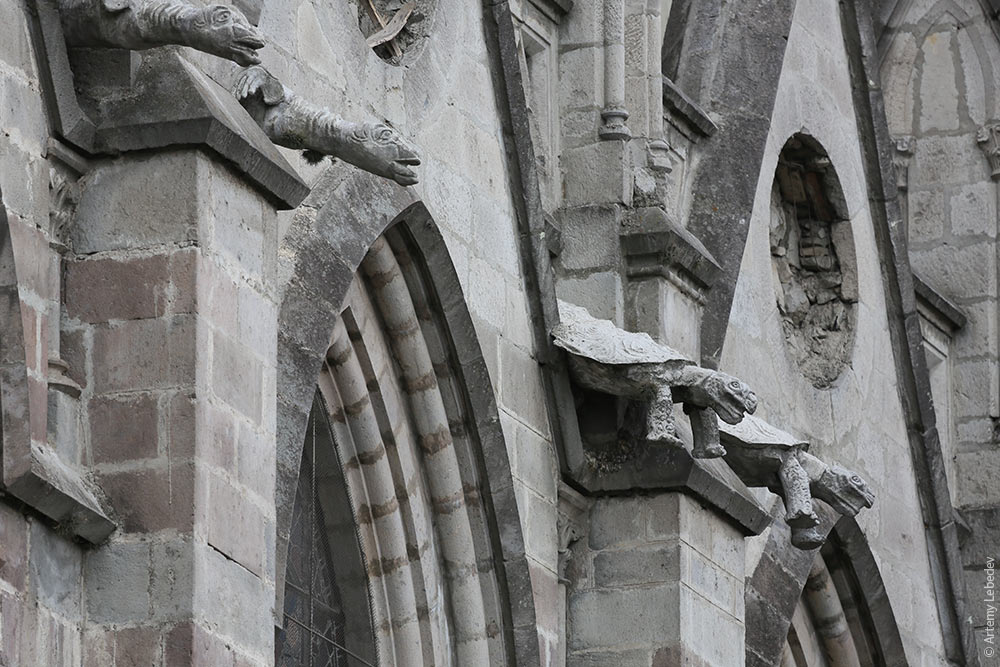 The city has its own unique wayfinding system. The first number on a street sign indicates one of the three areas of the city, the second—the district, the third—the quarter. 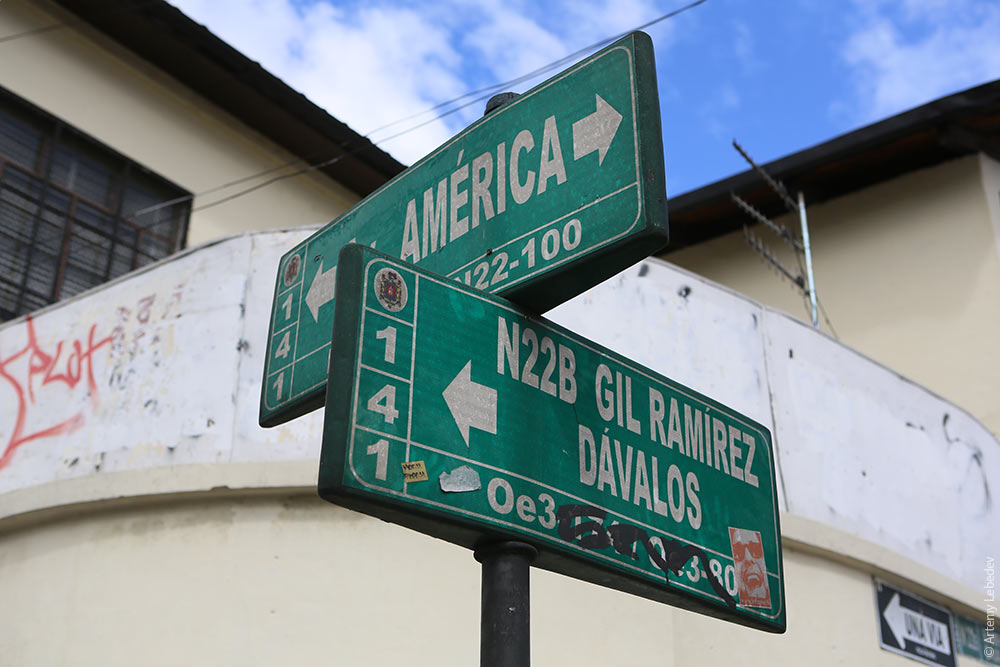 A vehicle traffic light. 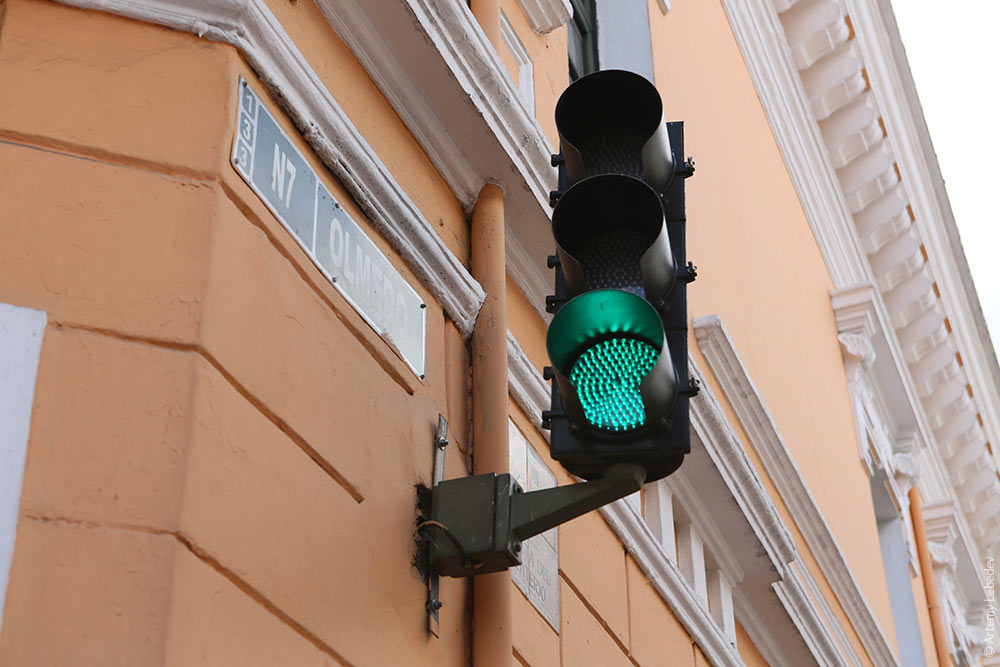 A pedestrian light. 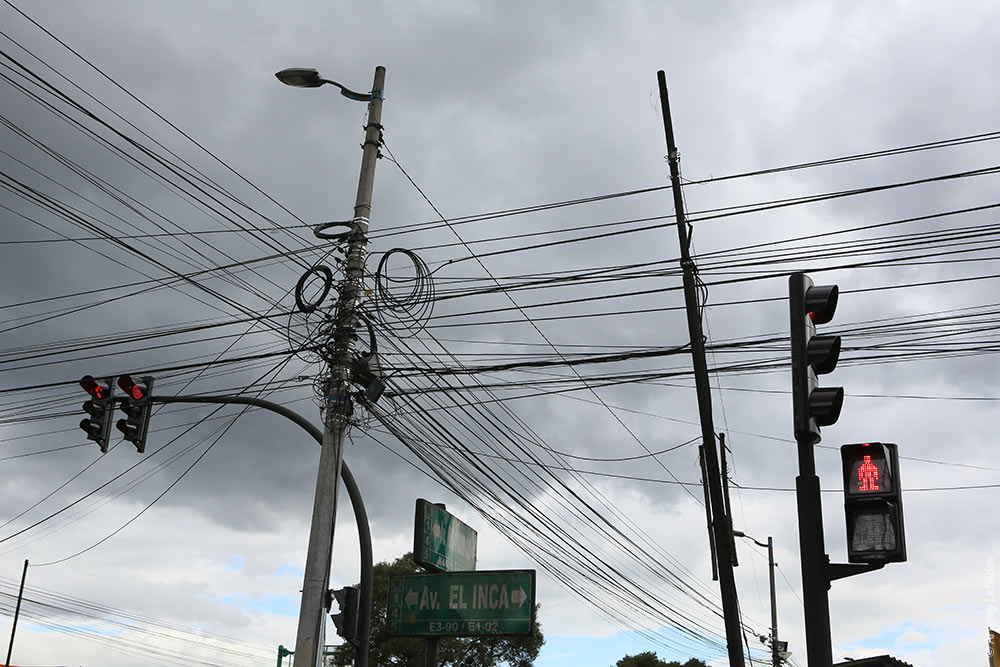 All the inscriptions on buildings in the colonial part of the city are made of letters cut out of sheet metal, mounted with a gap between them and the facade. It looks very pretty. 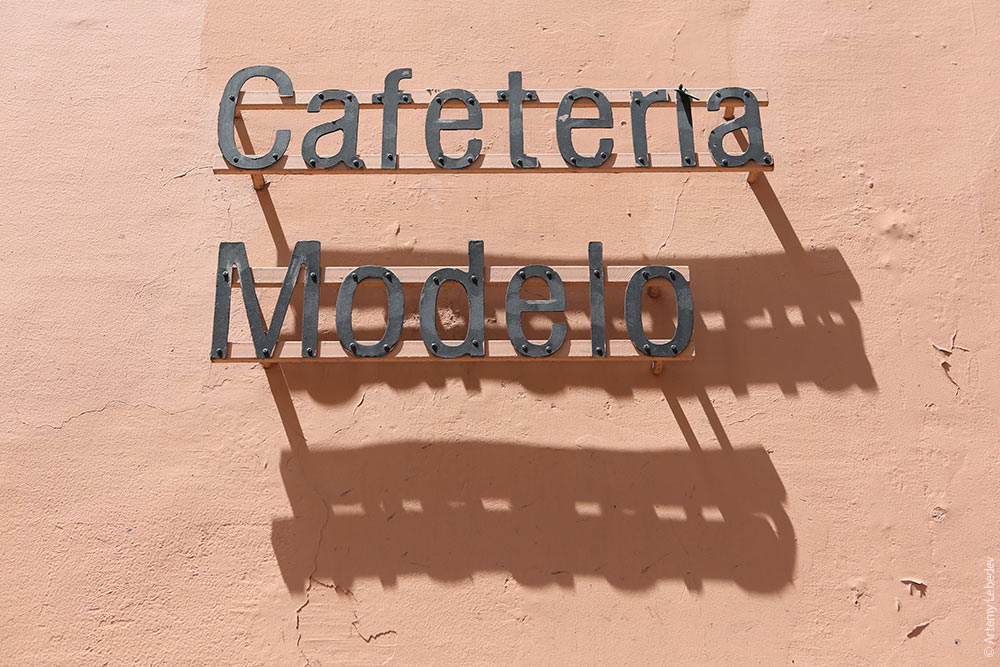 A municipal trash can. 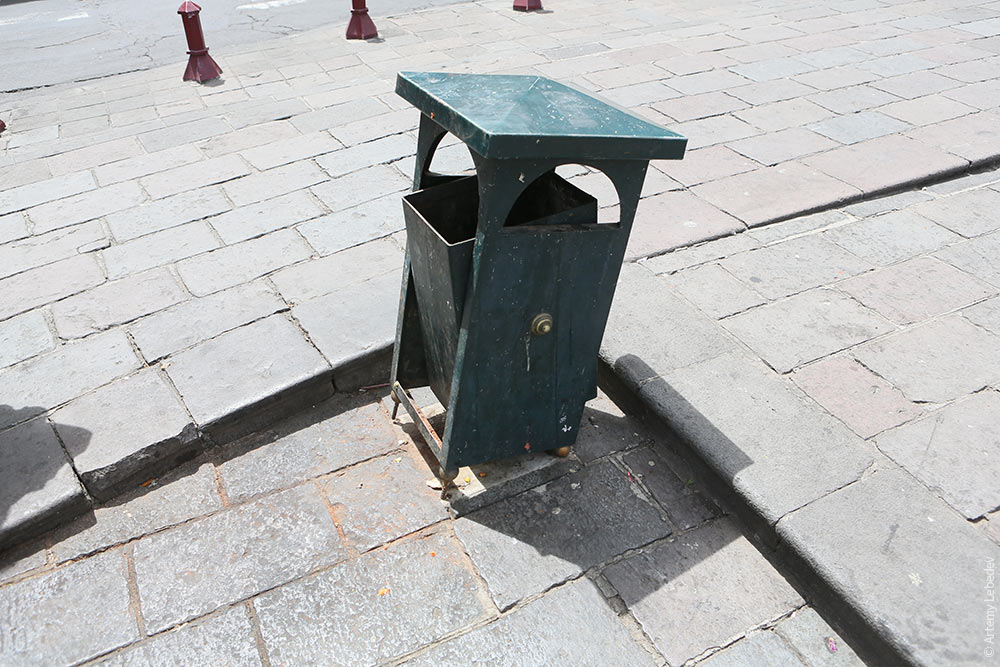 Mobile garbage cans used by janitors at the airport.  A closed street kiosk. 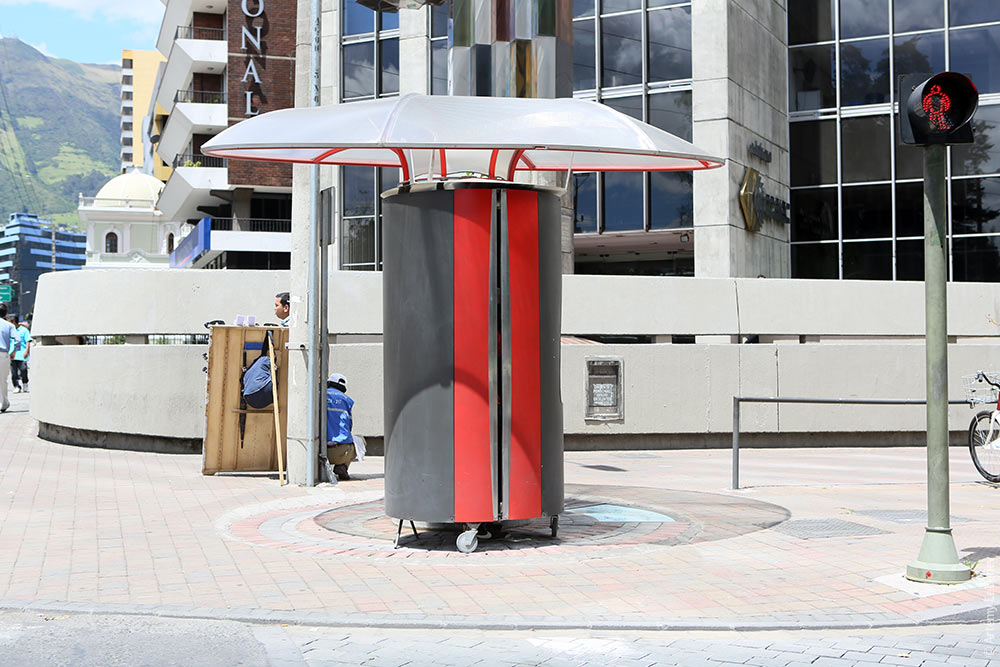 An open kiosk. 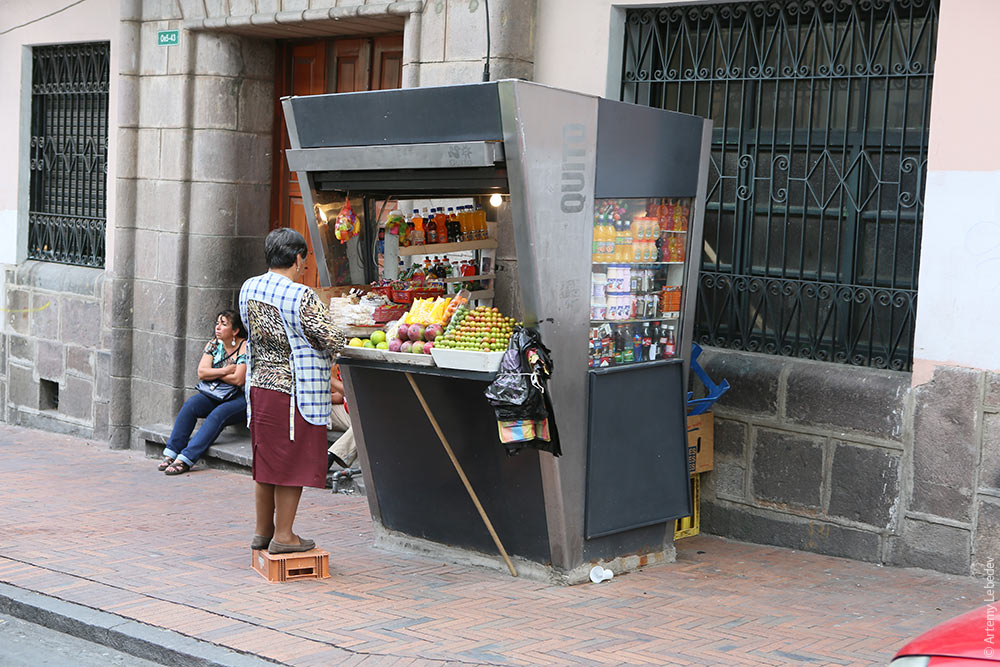 No parking. 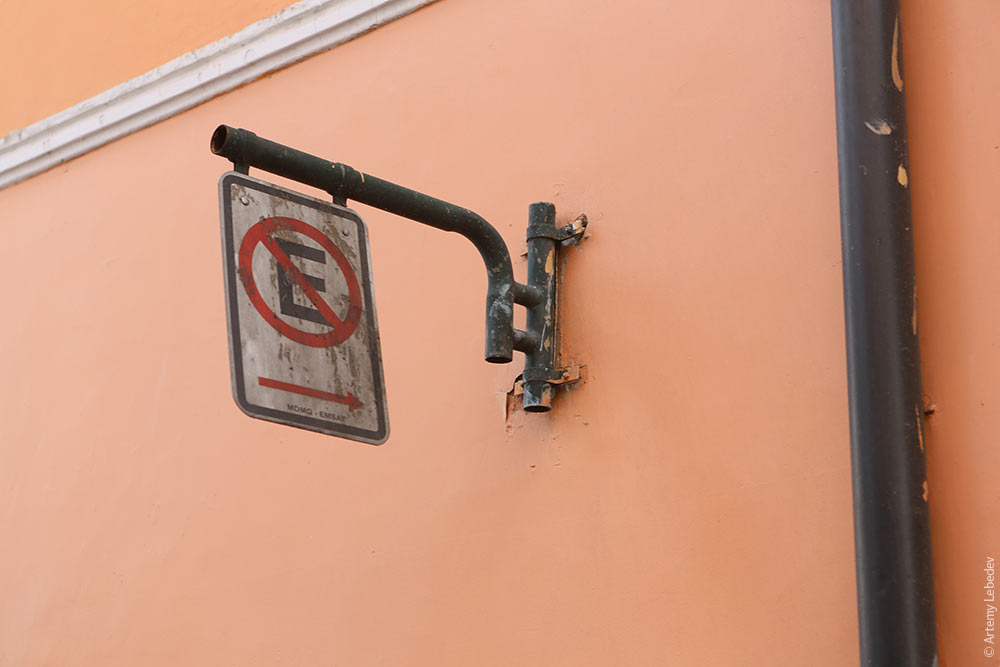 A hydrant. 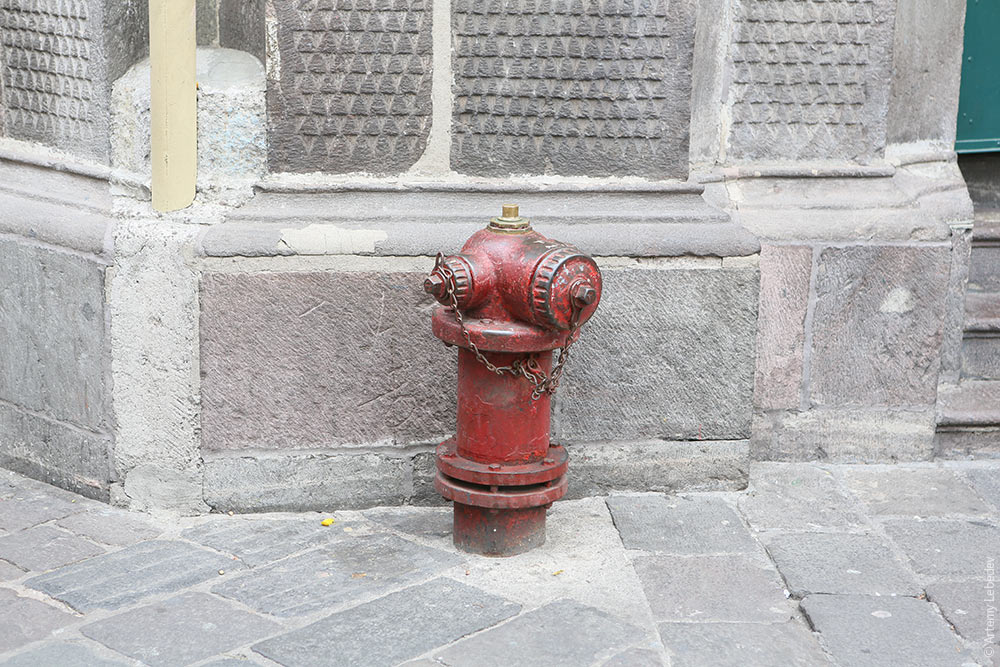 A public restroom. 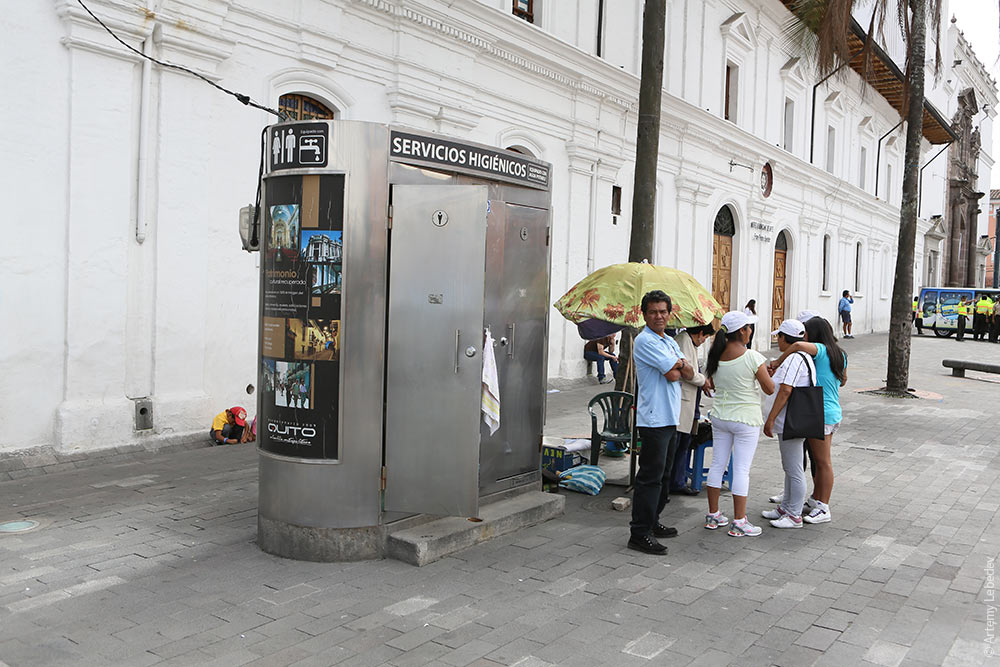 Bollards fencing off the sidewalk. 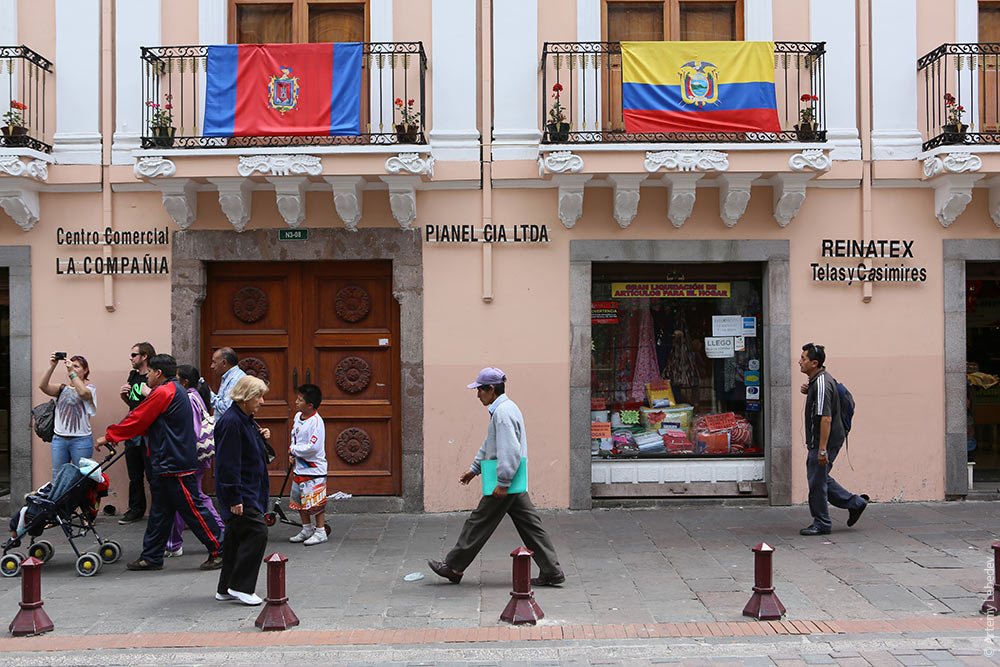 City life. 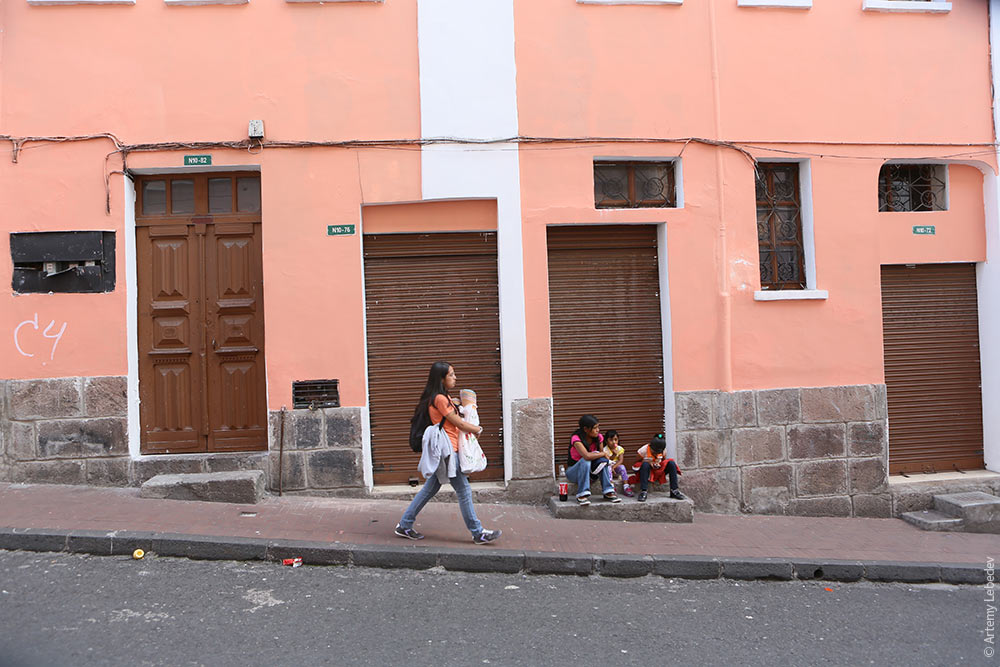 A fast food café. 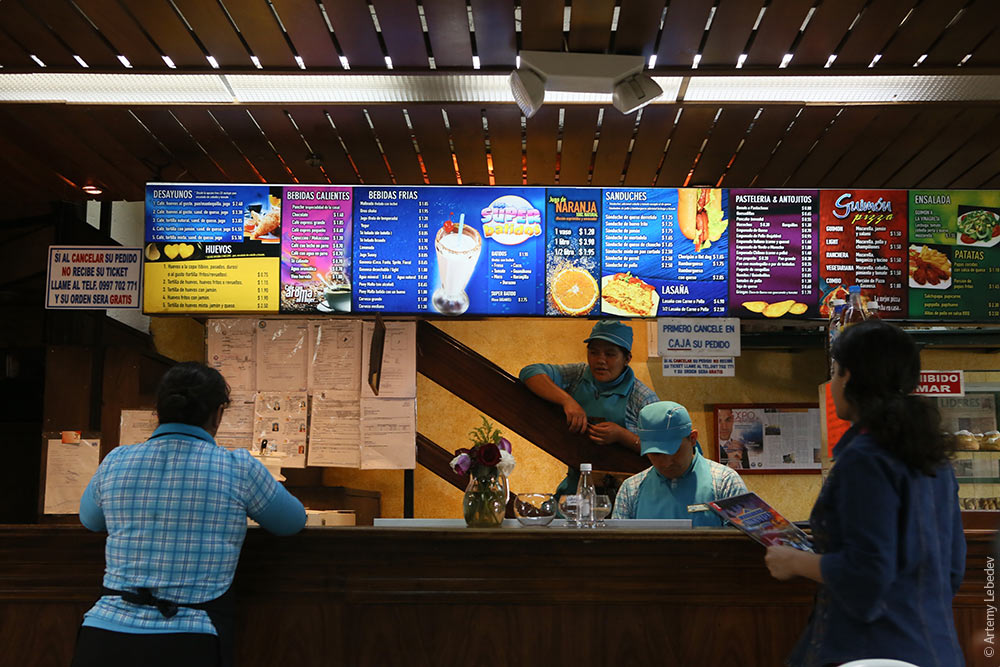 Playbills and ads. 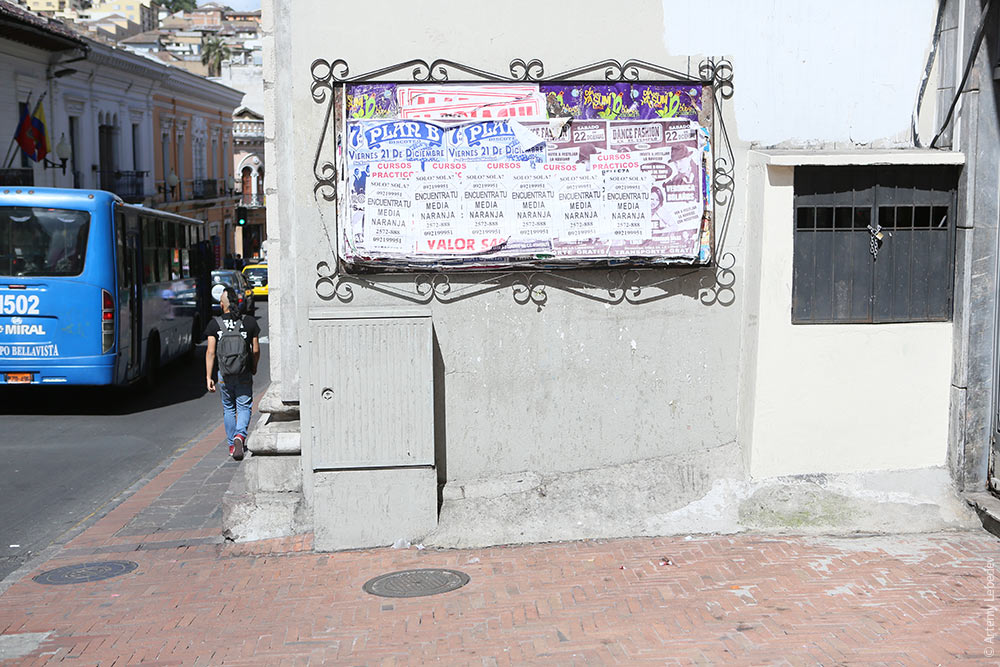 A house. 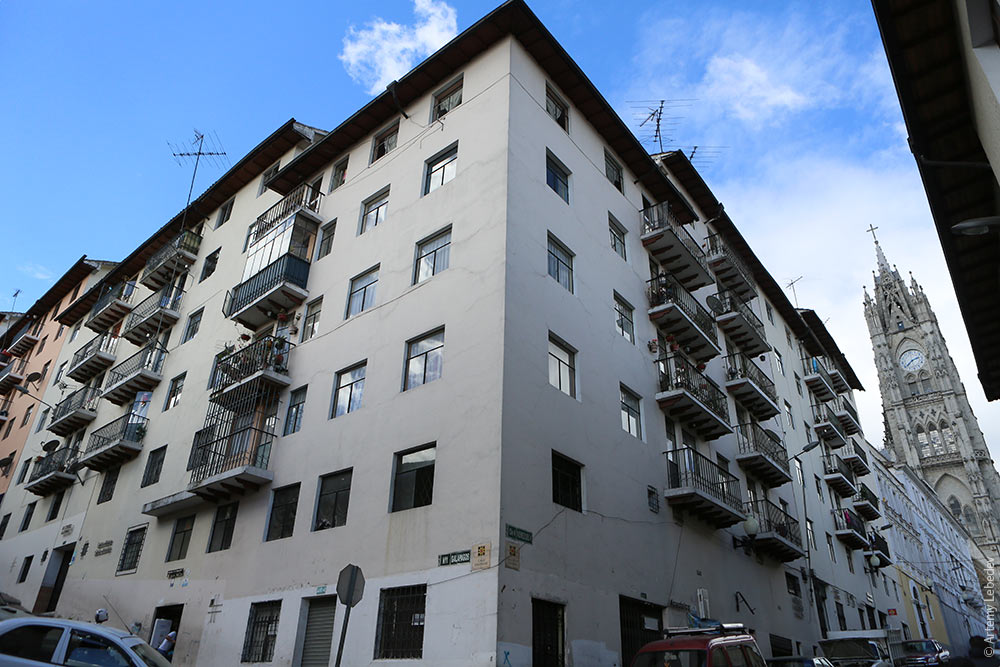 Self-expression.  GuayaquilMapLeftover Christmas decorations. 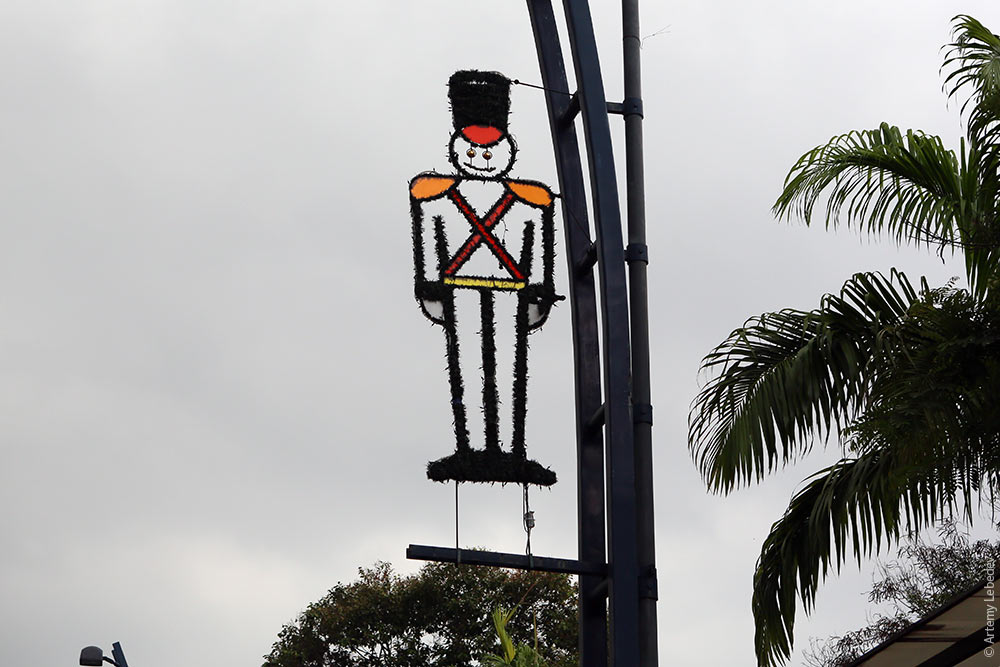 A festive string of traffic lights. 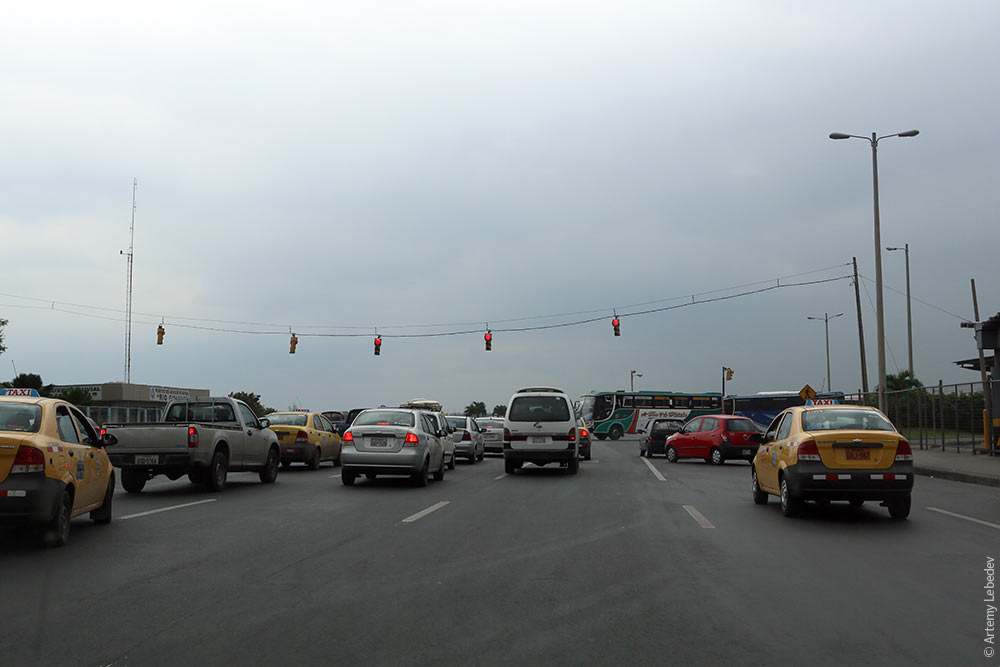 Several bus rapid transit lines run through the center of the city. The bus stations resemble something Chinese. 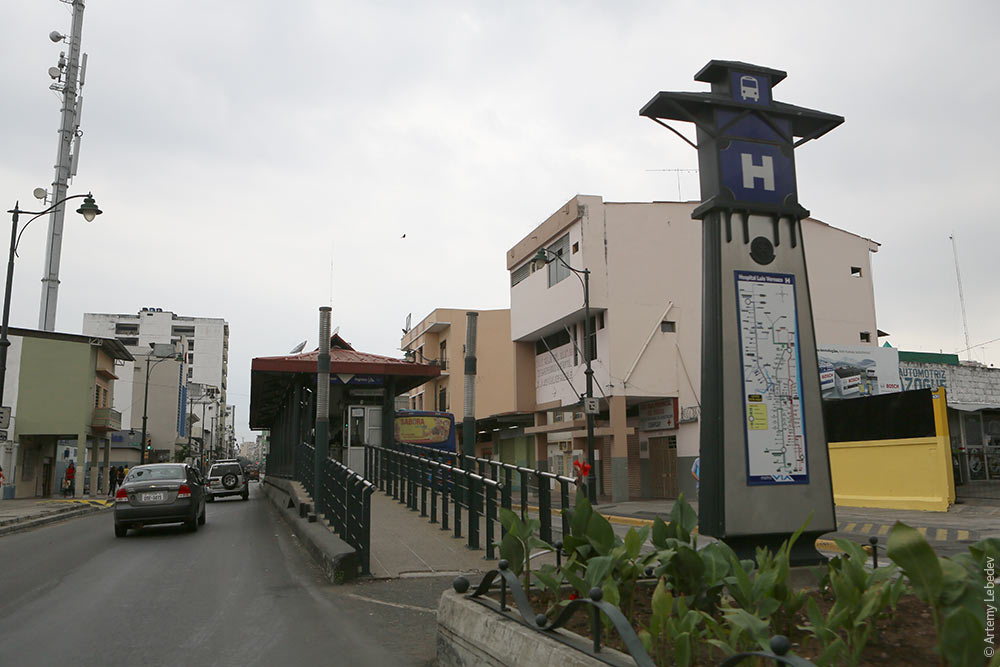 A “caution, fire truck driveway” sign. 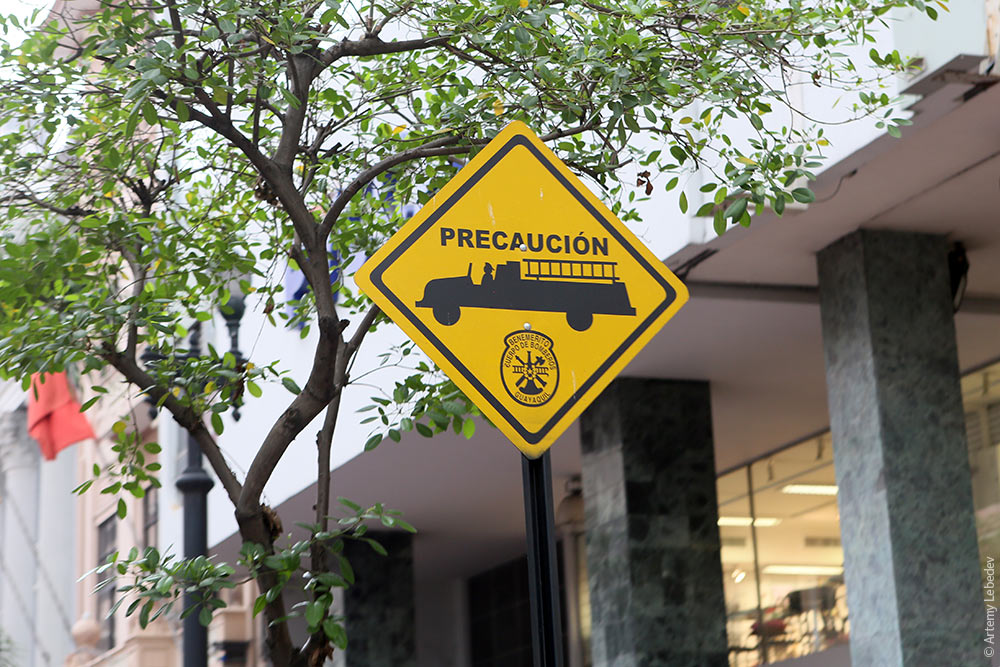 A Guayaquil trash can. 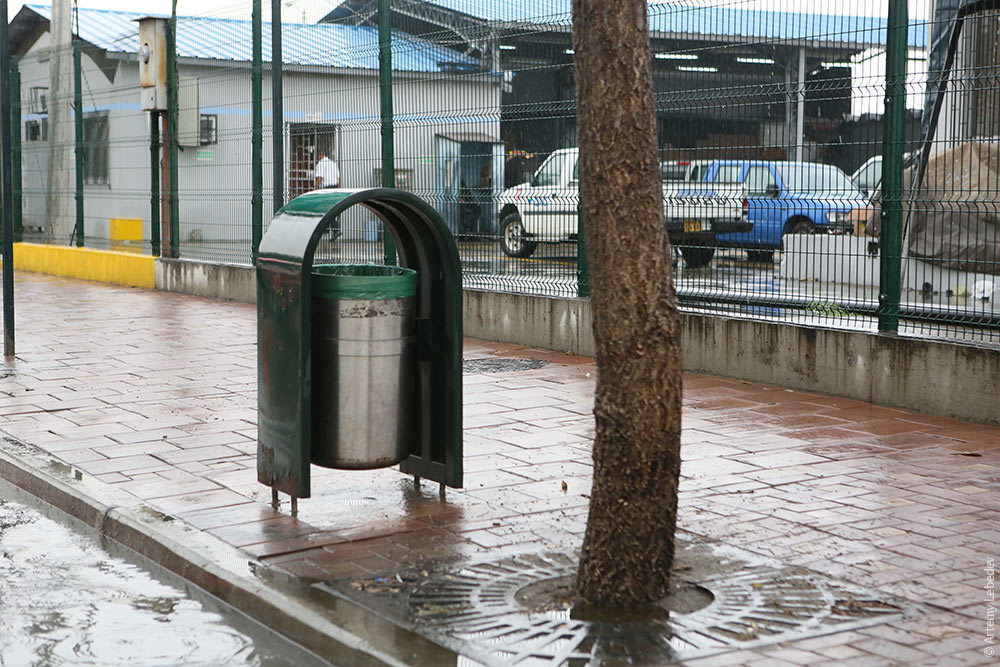 Find the monkey. 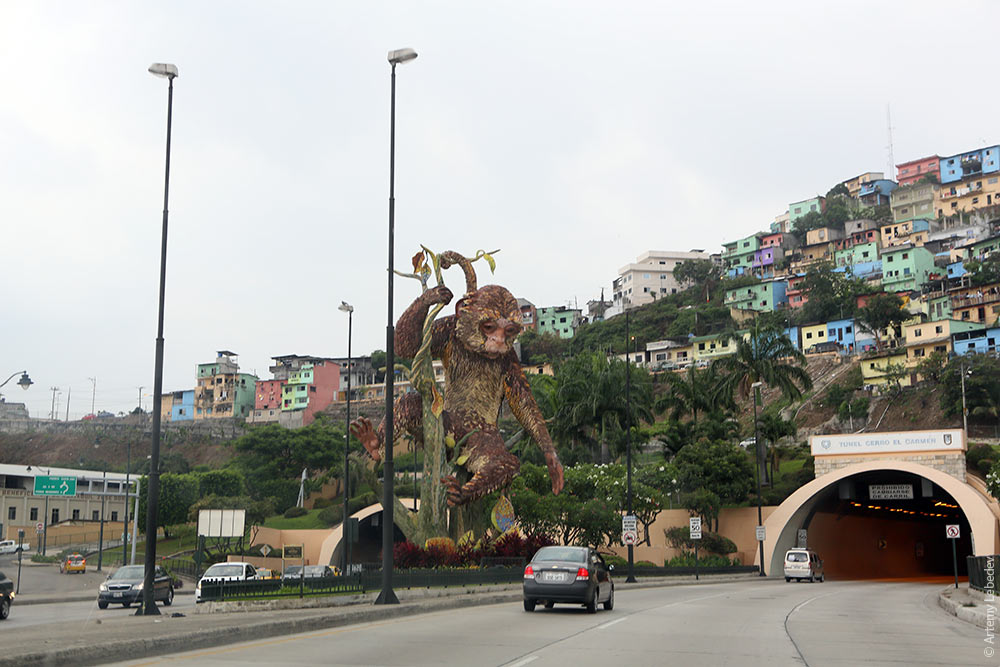 The Galapagos IslandsMapA new airport has just been built, but hasn’t opened yet. 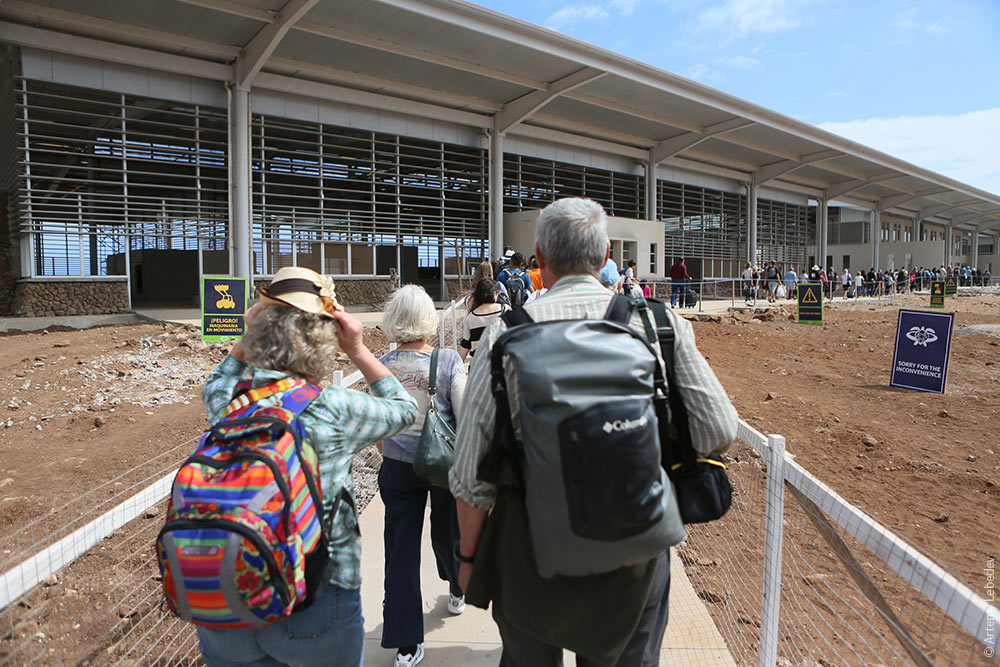 Practically all the cars here are white Toyota pickups. 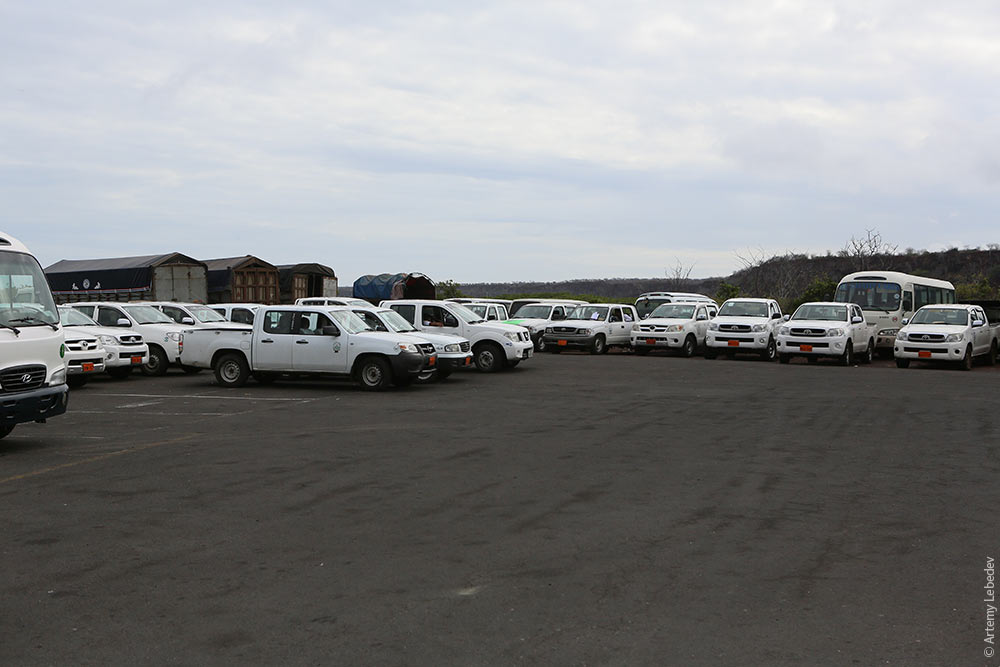 But people don’t come to the Galapagos to see the pickup trucks, of course. They come for the nature and wildlife. The Galapagos are known for their virtually untouched nature and various rare animals. Because there are almost no sources of fresh water here, the islands remained uninhabited for a long time. The wildlife is completely unafraid of humans. Iguanas and some kind of heron will hang out at the pool while a bunch of women lounge on the other side. 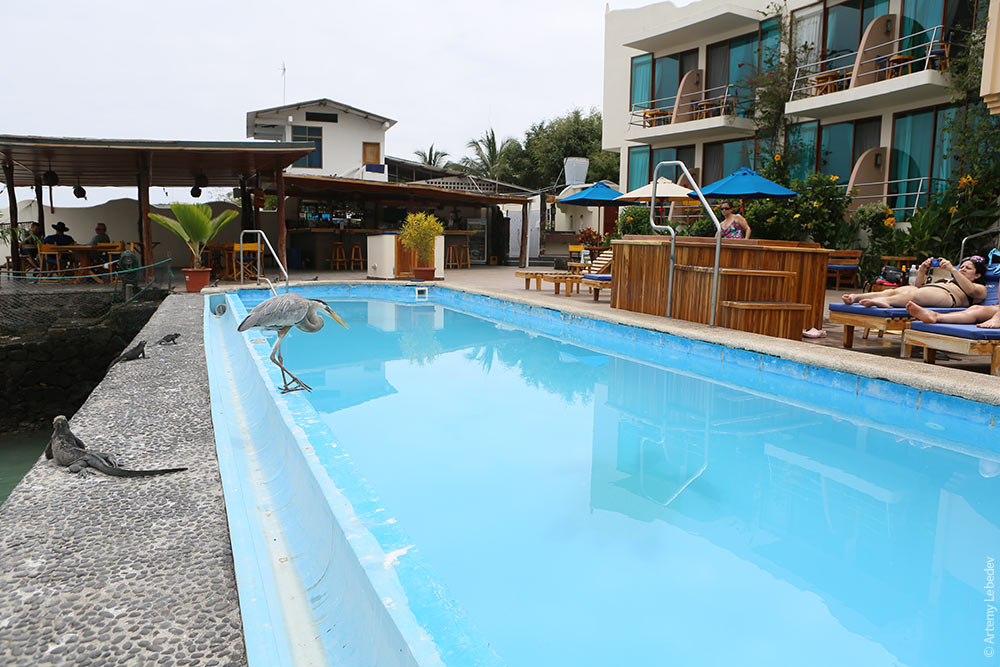 Birds will steal bread from a café. 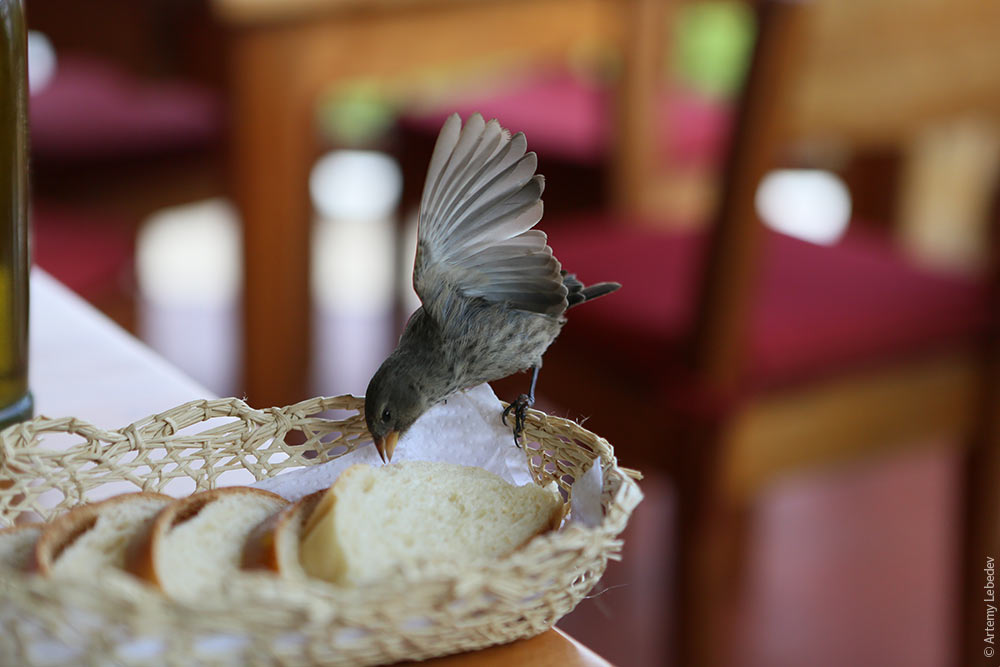 Iguanas will bask openly in the sun. 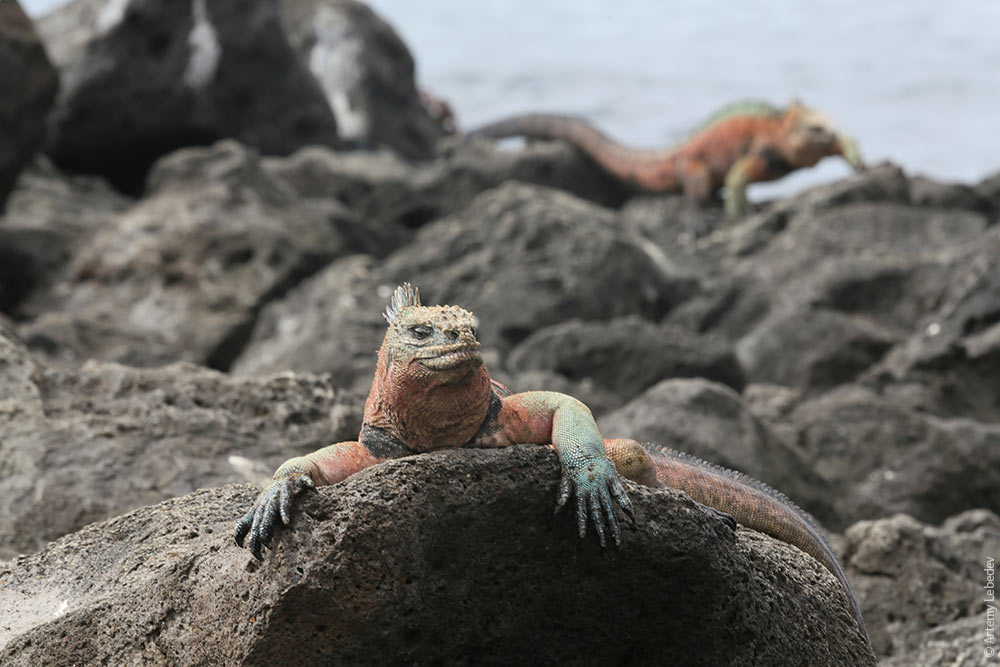 Seagulls will stroll past freshly-caught tuna like they just don’t care. 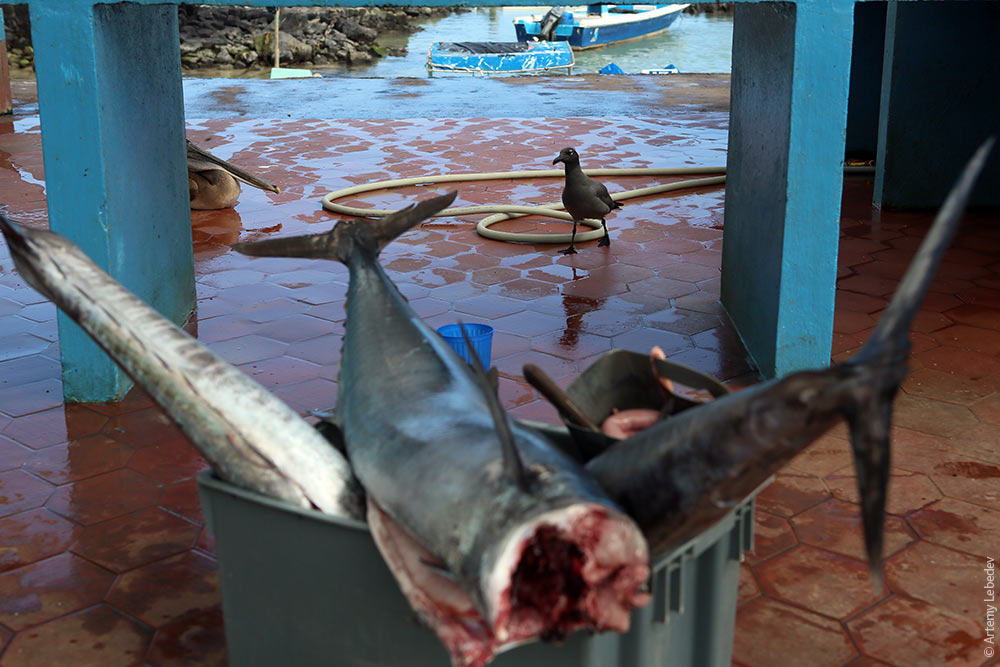 Pelicans, too, will pretend to be completely uninterested in the fish. 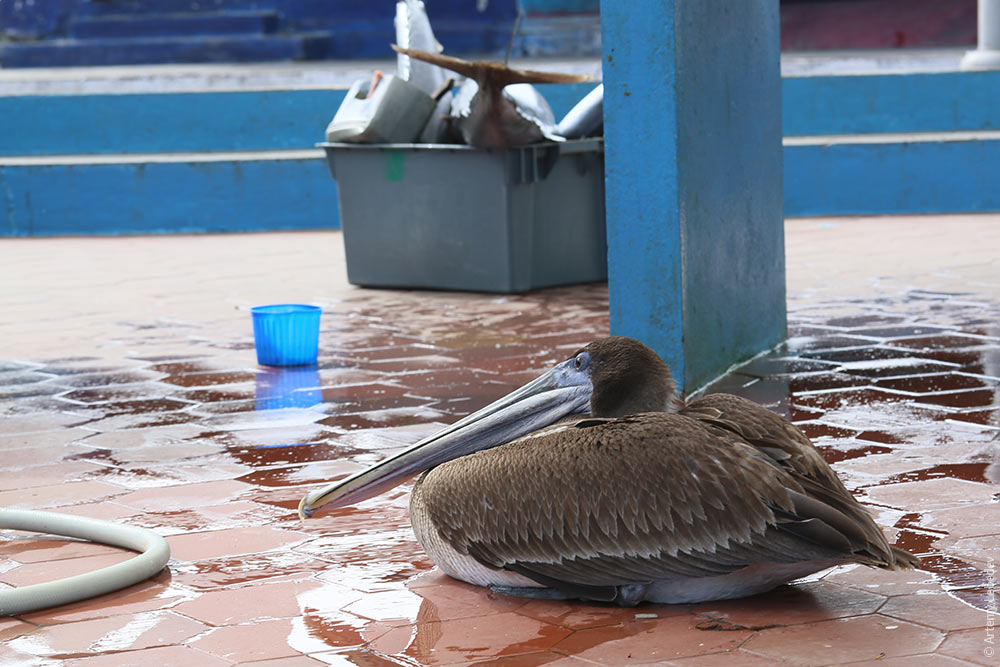 Finches will soar in the sky. 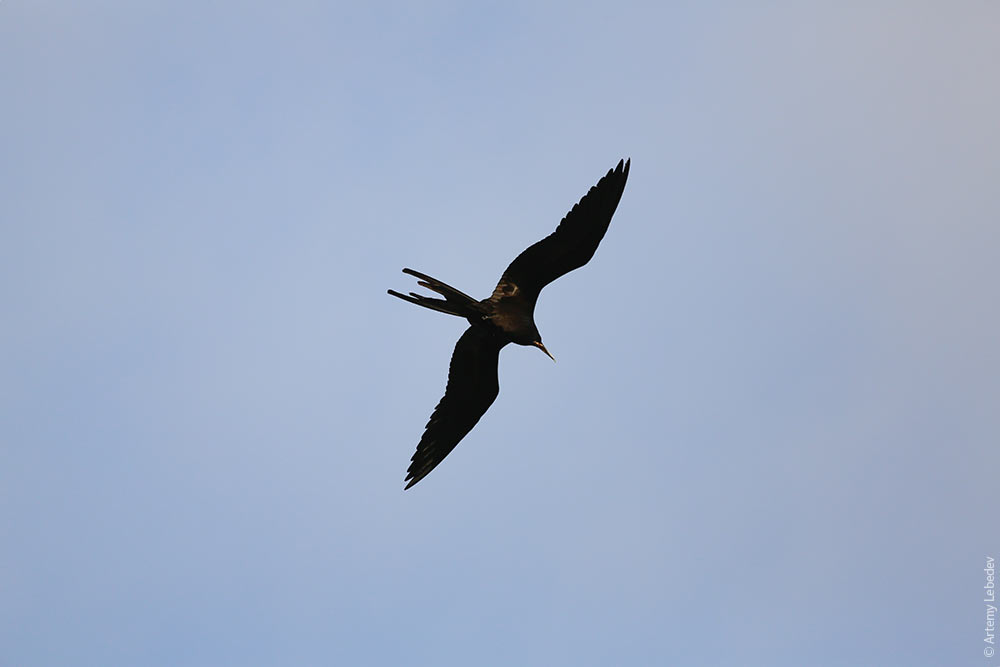 Penguins will plunge into the waters. 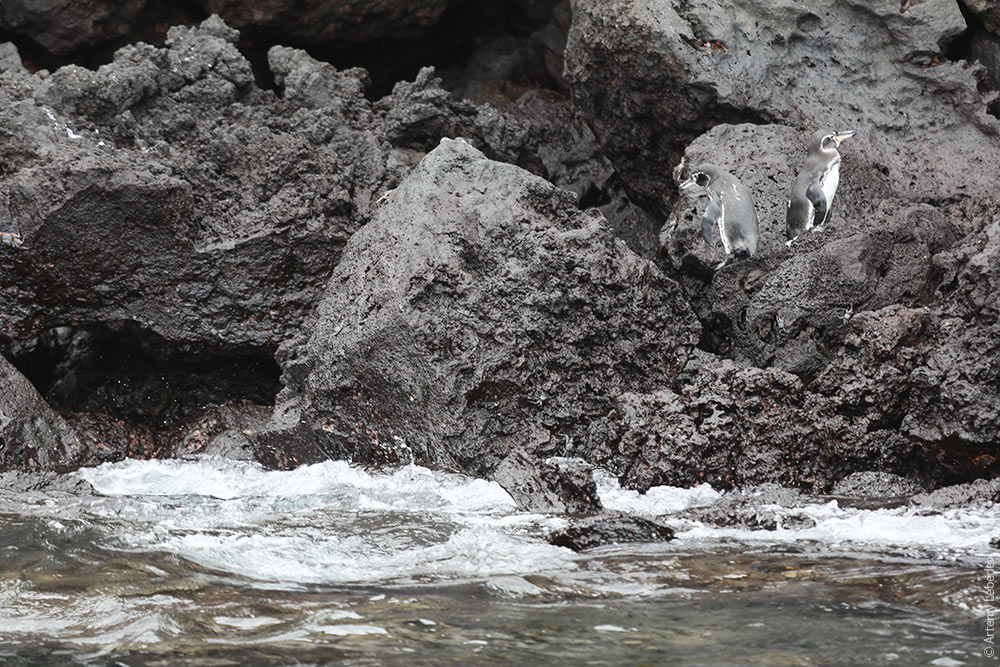 Sea lions will sprawl out on moored boats. 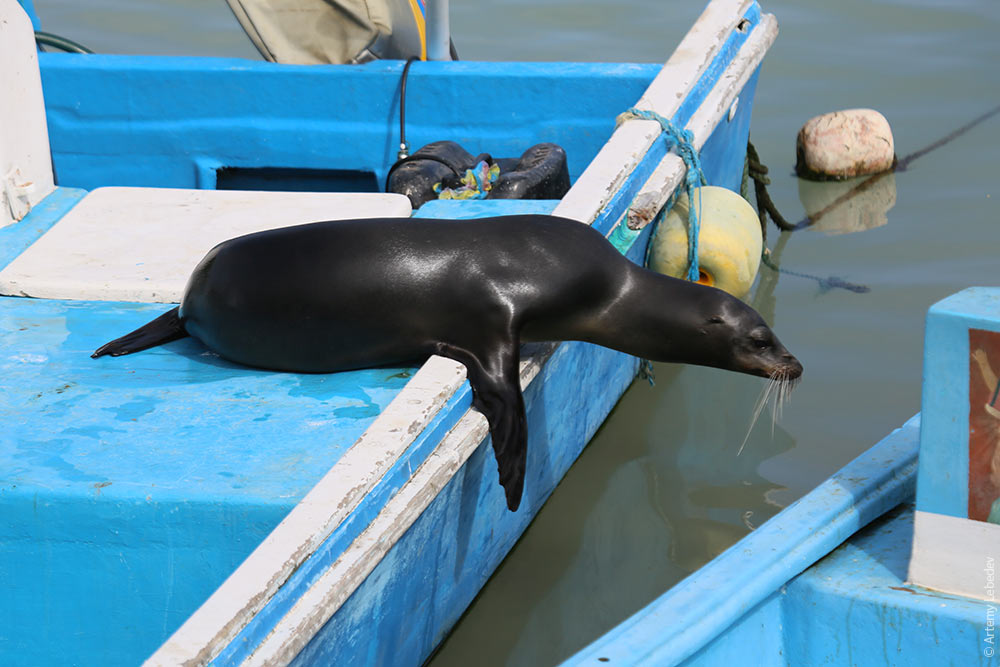 The sea lions will also find “Caution, Slippery Floor” warnings very enticing.  A little girl will be hanging up “No Littering” signs.  There will be recycling bins all over the place. 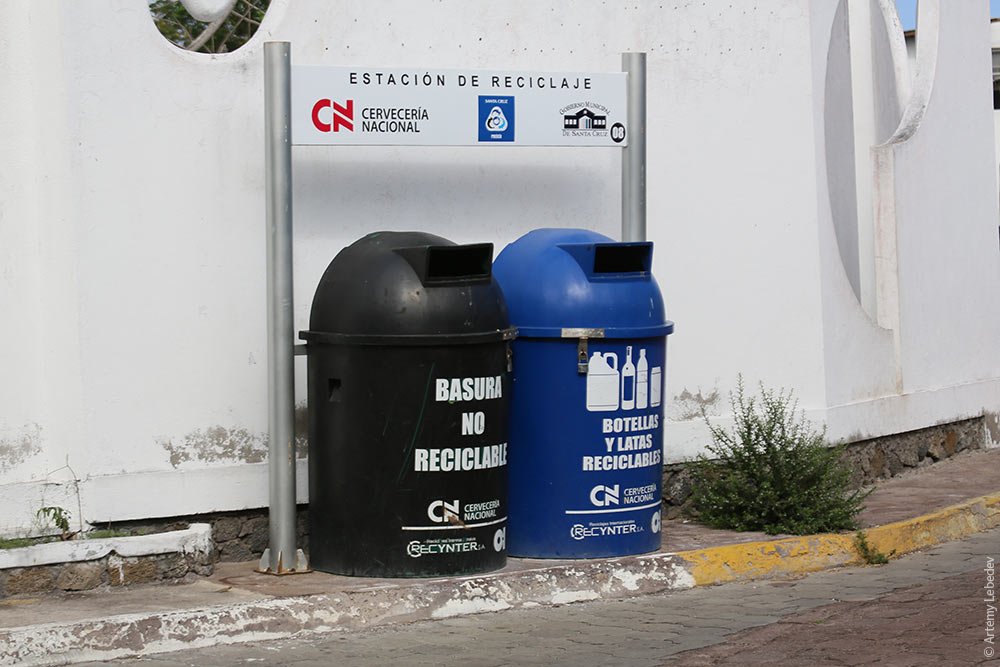 But I digress. The Galapagos are renowned for their tortoises, of course. There will be tortoises everywhere. 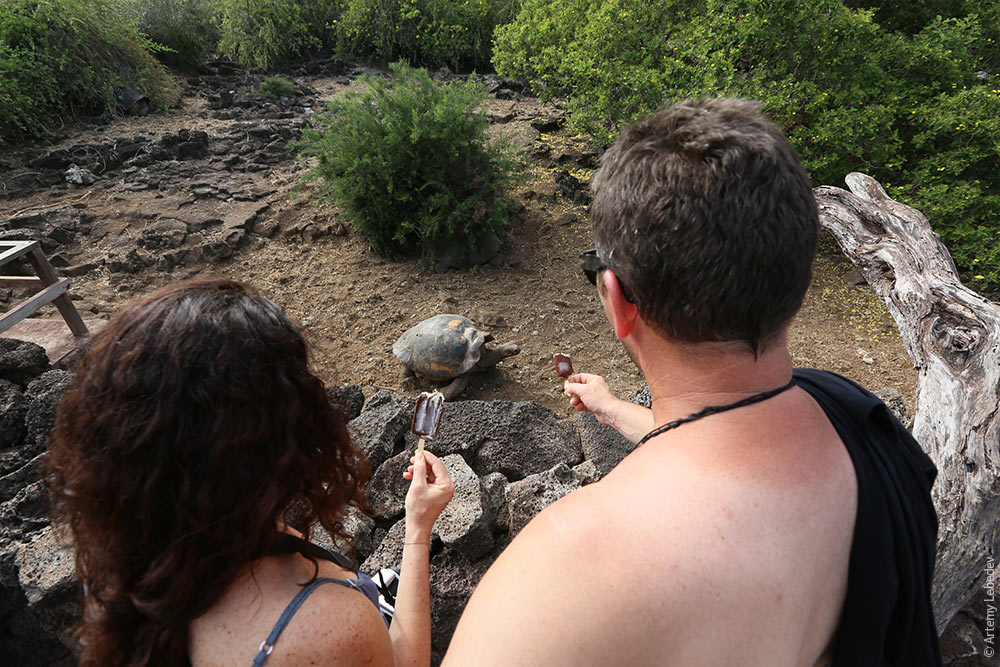 They’re all numbered and doing just fine. 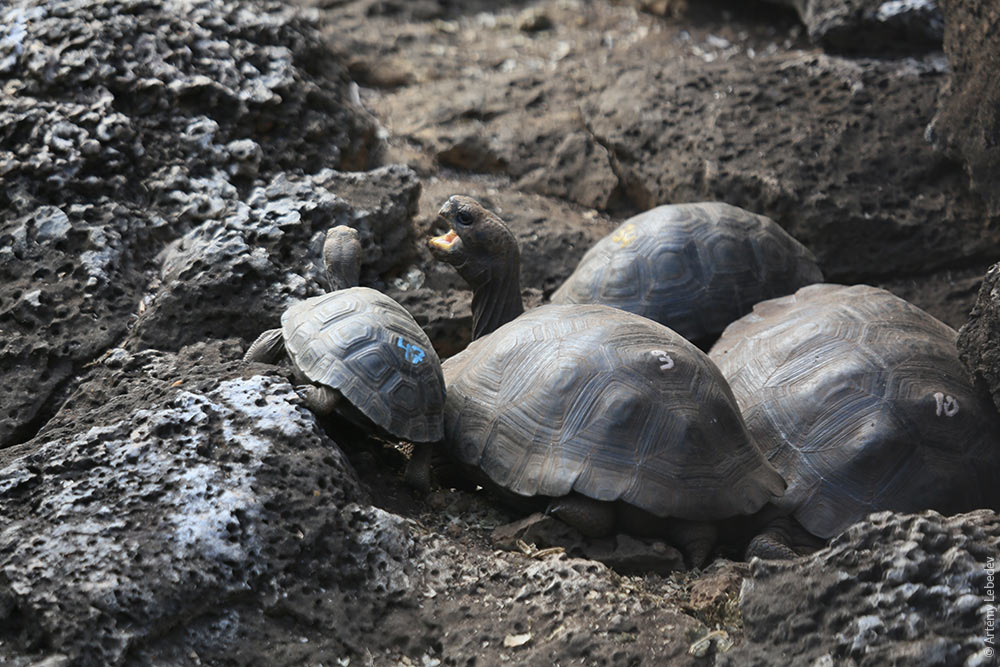 They procreate in front of astounded tourists.  A fairly disturbing creature, to be honest. 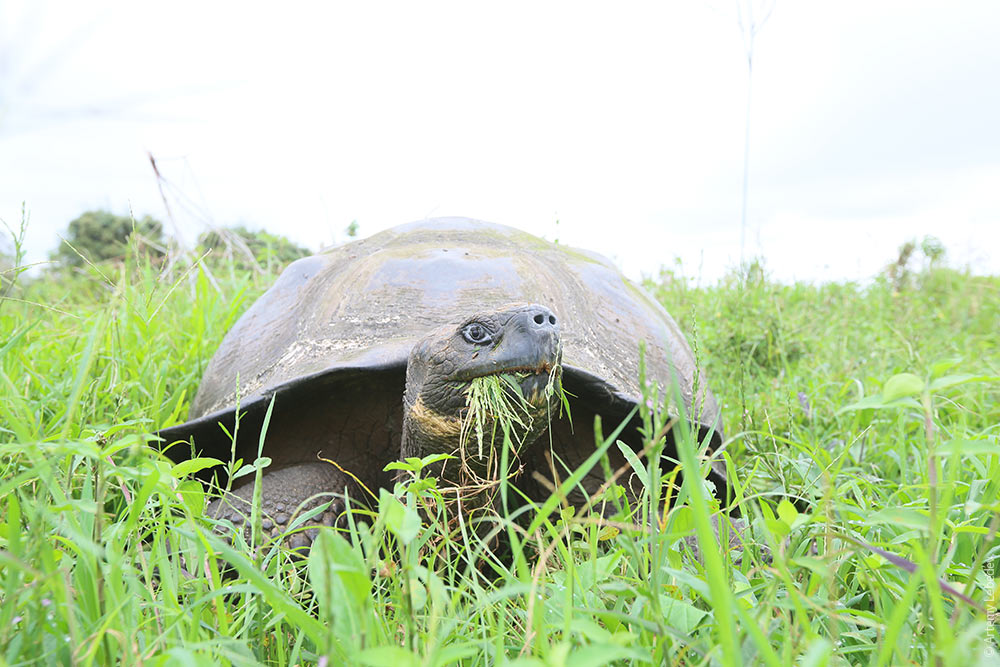 There’s absolutely nothing to do in the Galapagos for longer than a day. By the way, alcohol isn’t sold after 4 p.m. on Sundays in Ecuador, even at restaurants. |